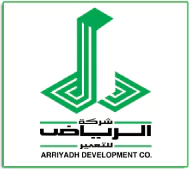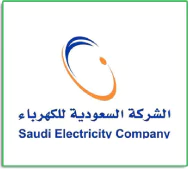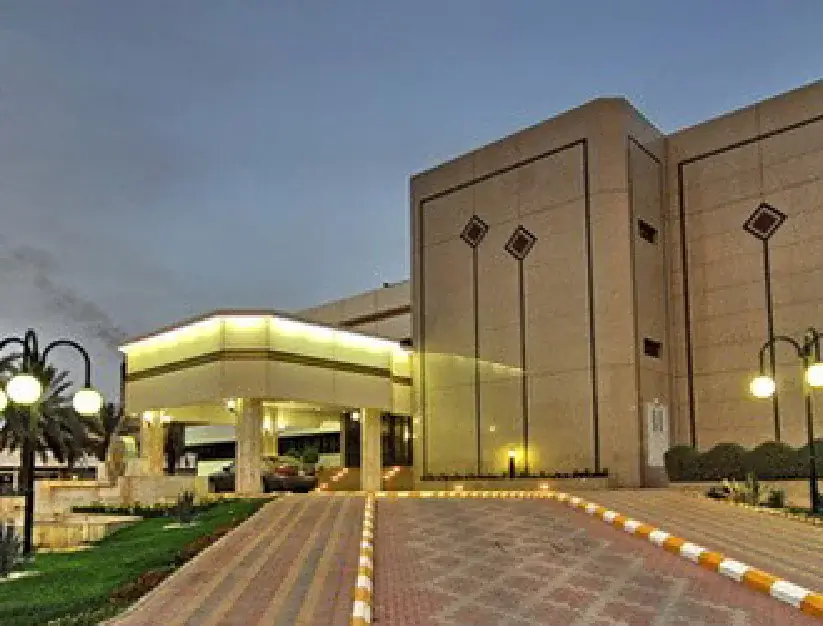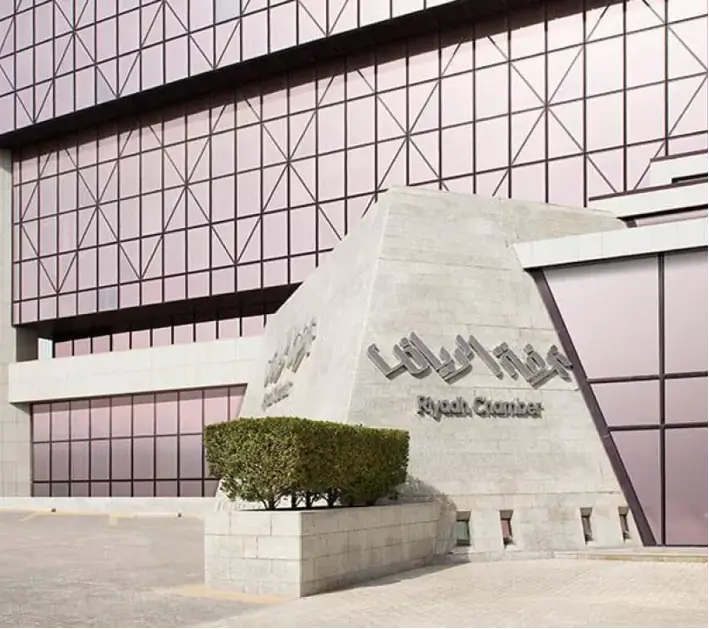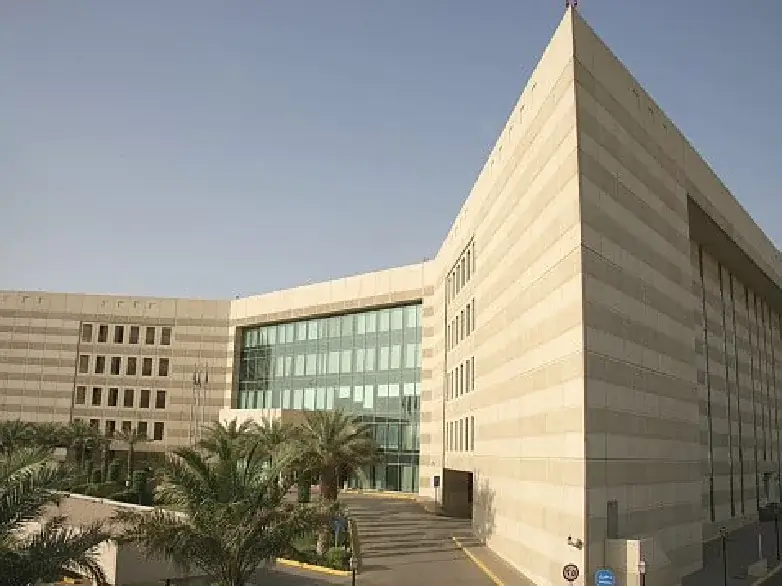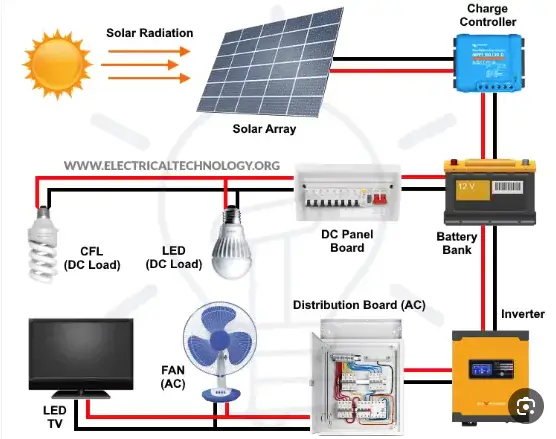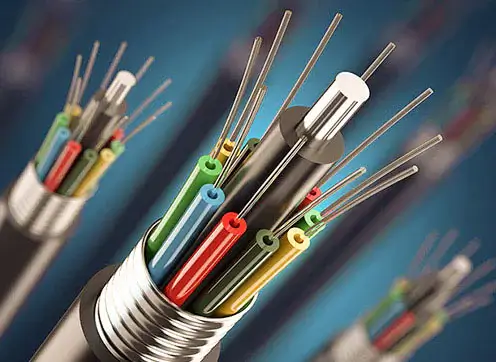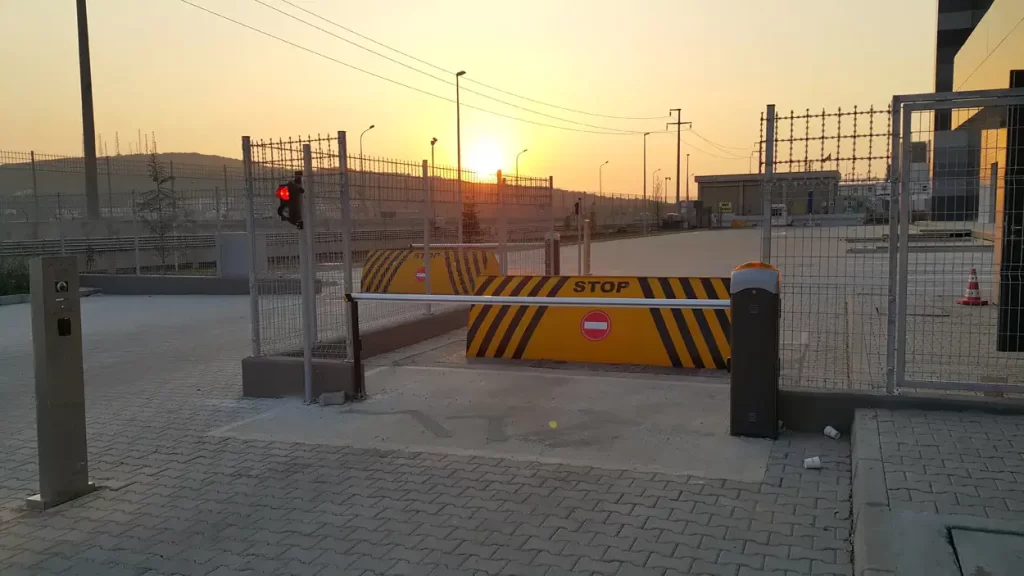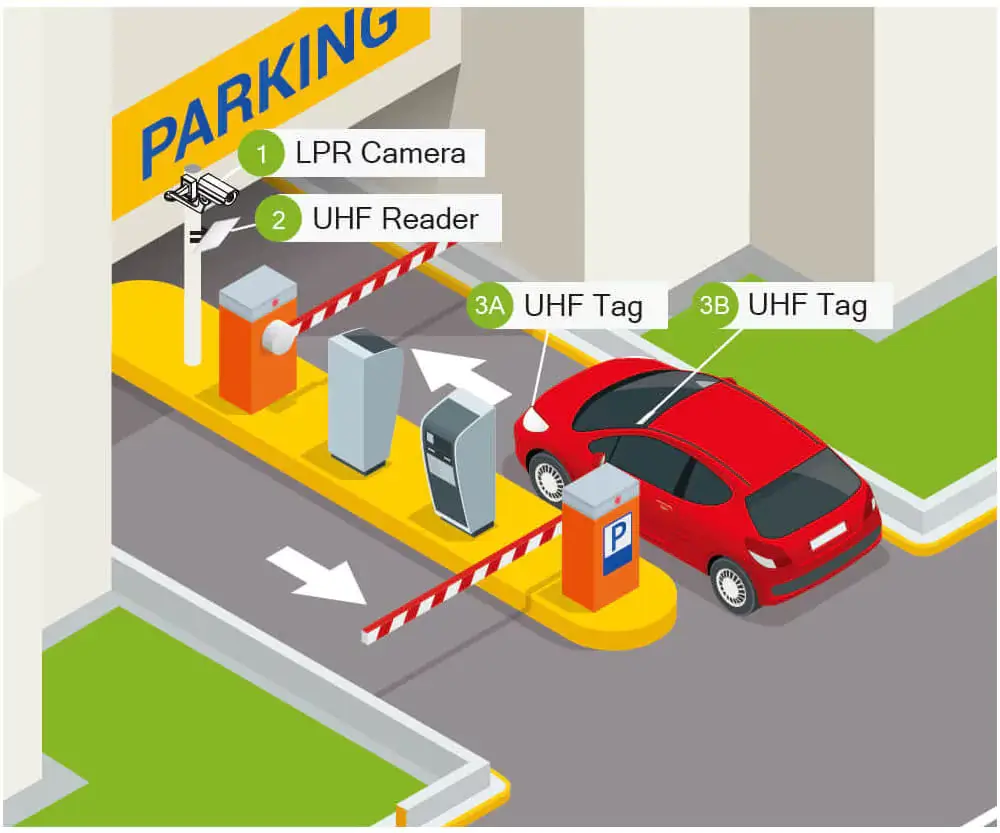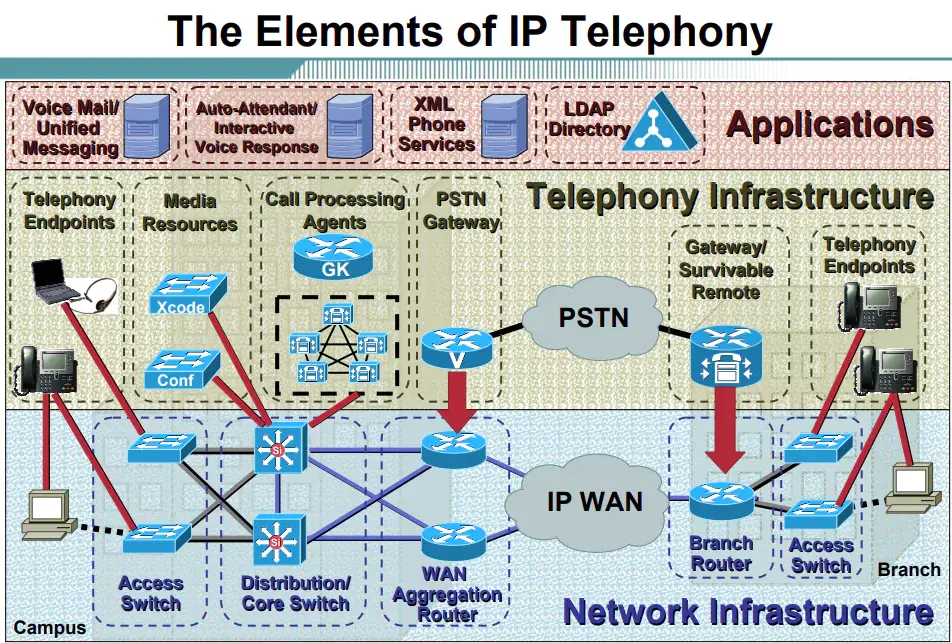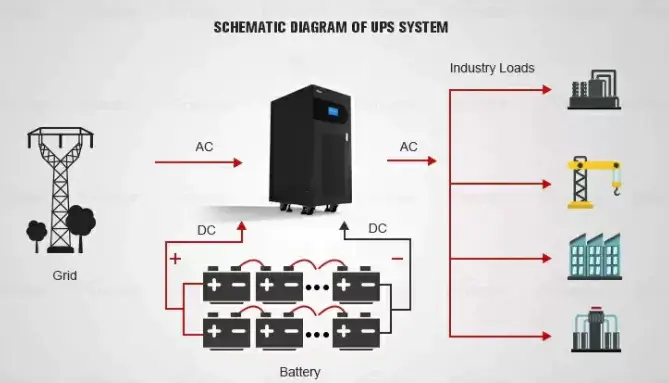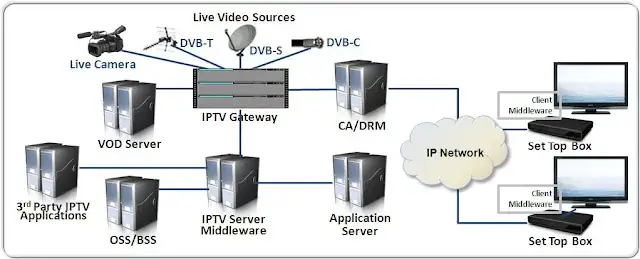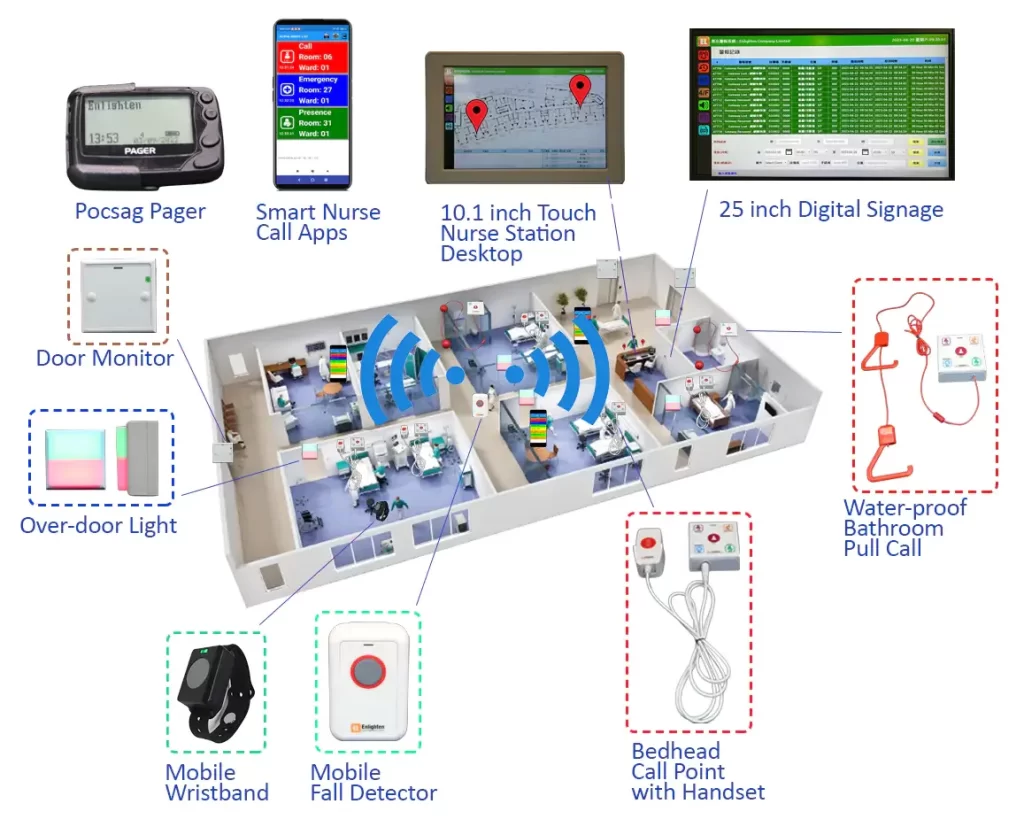Solution details
Solar Energy System
A photovoltaic system is a special electrical system that produces energy from a renewable and inexhaustible source: the sun. Essentially, there are two types of photovoltaic systems:
- Grid-connected systems are systems that are integrated with conventional residential and industrial electricity systems. These can be used when required in alternation or in combination with the electricity grid in order to meet the energy requirements of the end user.
- Stand alone systems are designed in such a way as to include a battery system in order to ensure “service continuity”, i.e. the supply of electric energy also during the night or when the level of solar irradiation is insufficient or absent.
How does a photovoltaic system produce electricity?
A photovoltaic (PV) panel, commonly called a solar panel, contains PV cells that absorb the sun’s light and convert solar energy into electricity. These cells, made of a semiconductor that transmits energy (such as silicon), are strung together to create a module. A typical rooftop solar panel has 30 modules. When the semiconductor in the photovoltaic panels absorbs the sunlight, this knocks the electrons (which form the basis of electricity) free from their place, and they can now flow through the semiconductor. These dislodged electrons, each carrying a negative charge, flow across the cell toward the front surface, creating an imbalance in charge between the front and the back. Photovoltaic cells produce electricity because this imbalance, in turn, creates a voltage potential like the negative and positive terminals of a battery. The current is then collected on wires and then used immediately or stored in a battery of the photovoltaic system. It’s not true that solar cells only work when the sun is shining. But they won’t generate as much power on a cloudy day as on a sunny one.

hat are the components of a solar PV system?
- Photovoltaic modules: a photovoltaic system captures the energy radiated by the sun thanks to the use of special components called photovoltaic modules that is able to produce electricity when hit by sunlight.
- Support structures of the modules: these structures support the modules by fixing them to the roof. In the case of flat roofing, support structures exist that can also modify the orientation of the panels, optimizing their exposure by tilting them towards the sun’s rays.
- Inverter: this is the electronic device that transforms the energy produced by the modules (so-called direct current – DC) into the type of energy used by residential or industrial users (so-called alternating current – AC). For greater system safety, inverters also have protection devices that cause them to shut down in case of a power failure or network disturbance.
- Electric cables: these are the cables that carry energy from the system to the users. Photovoltaic systems also have additional components that contribute to improving efficiency. These are becoming more and more widespread and include:
- A monitoring system: this enables the remote monitoring of the photovoltaic systems, energy production and consumption as well as verifying the status of the inverter. Energy storage: this is an innovative system that enables users to improve the efficiency of their solar PV systems by storing the energy produced during the day in order to use it later, when the system is not producing energy. In doing so, users are able to maximize their consumption of the energy produced by their photovoltaic system without having to alter their consumption habits.
- Designing future with excellence
- Engineering the better way
Are You Going to Implement Project?
Address
INFO@FESOLUTIONS.COM.SA
Phone
058 279 7640
Our solutions
Clients












